Voici ce que j’ai trouvé:
Here is what I found:
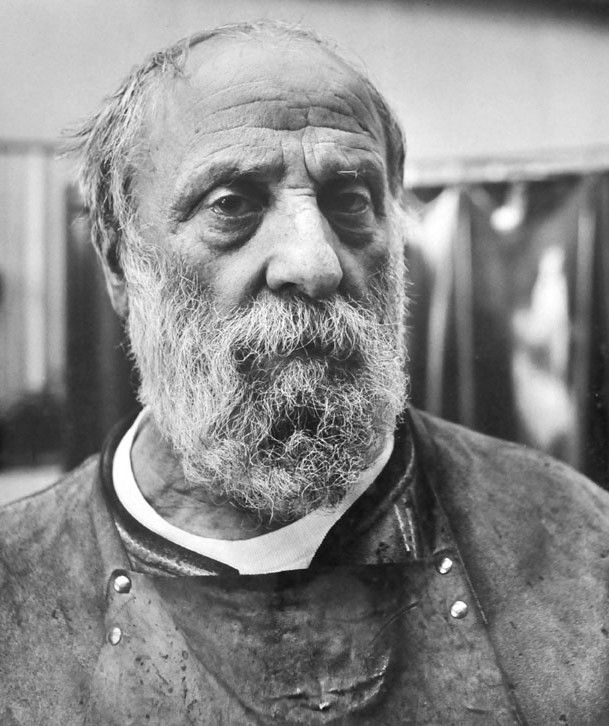 |
César | 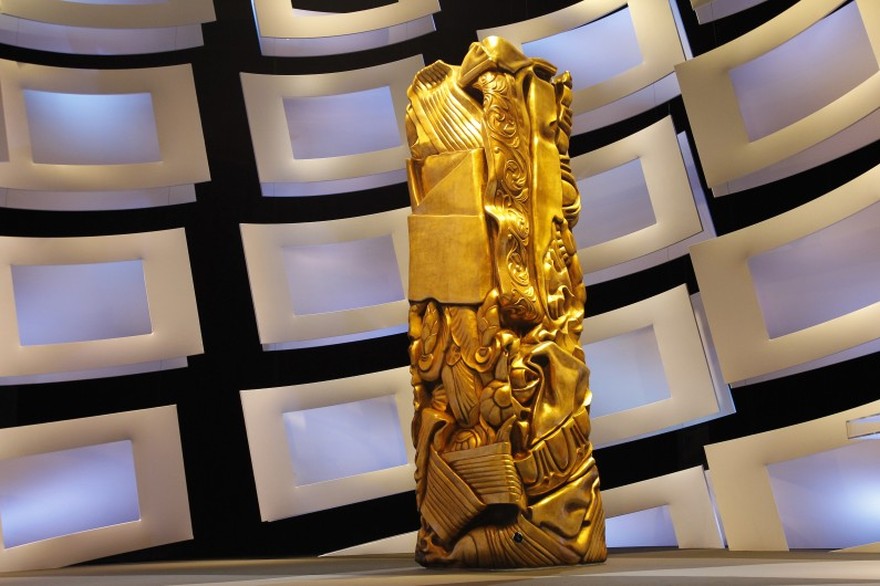 |
 |
Caroline Scheufele | 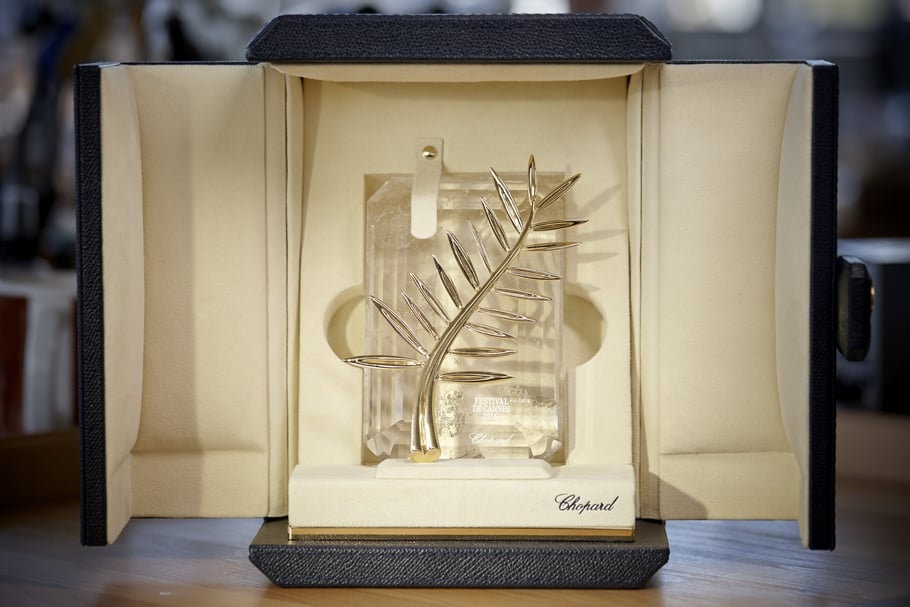 |
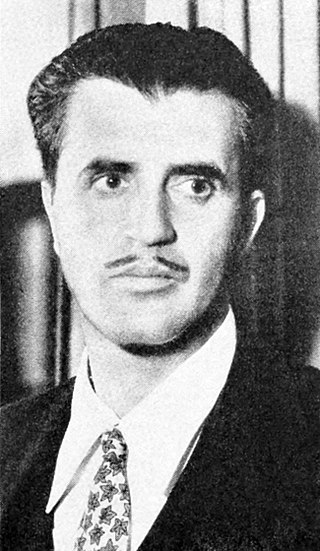 |
Cédric Gibbons |  |
 |
Mitzi Cunliffe | 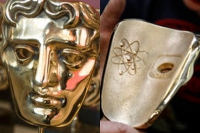 |
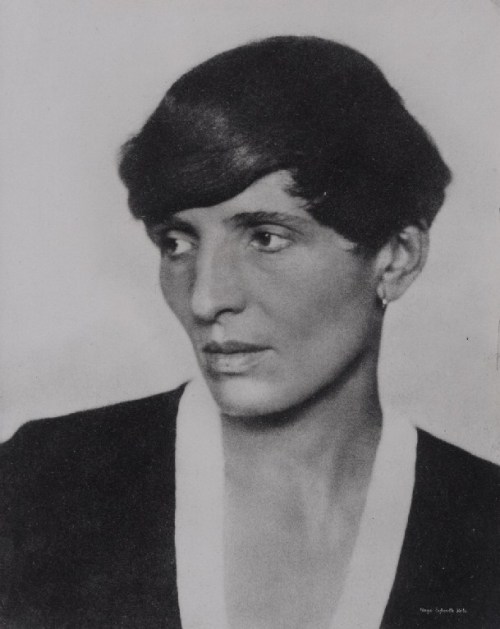 |
Renee Sintenis |  |
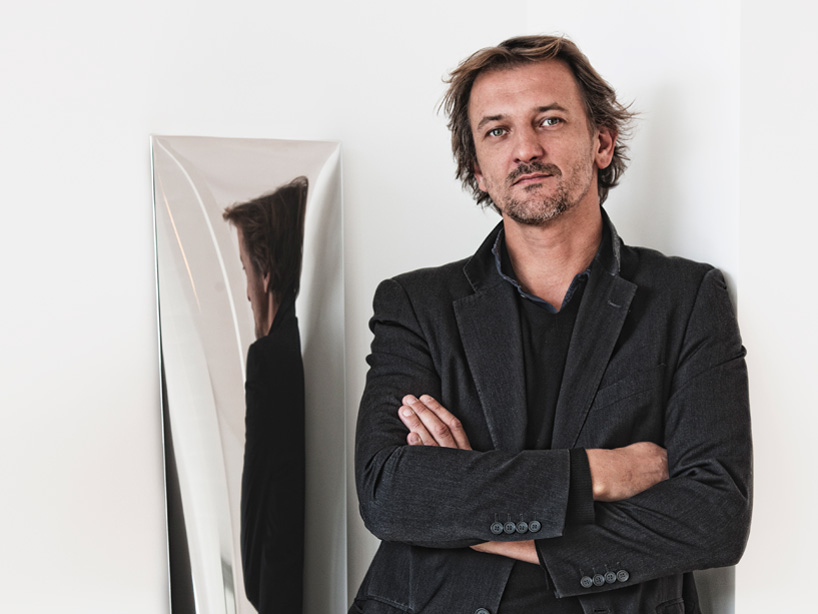 |
Xavier Lust |  |

Je donne un avis (souvent peu autorisé) sur la peinture la sculpture et tout sujet qui m'interpelle.
 |
César |  |
 |
Caroline Scheufele |  |
 |
Cédric Gibbons |  |
 |
Mitzi Cunliffe |  |
 |
Renee Sintenis |  |
 |
Xavier Lust |  |
Une chanson très en vogue en Mai 68 !
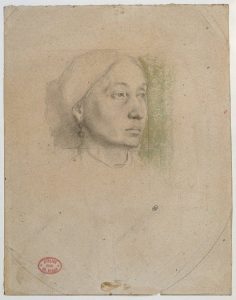 |
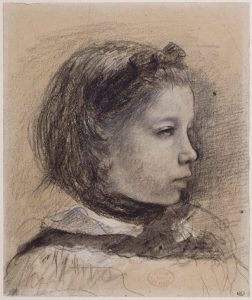 |
 |
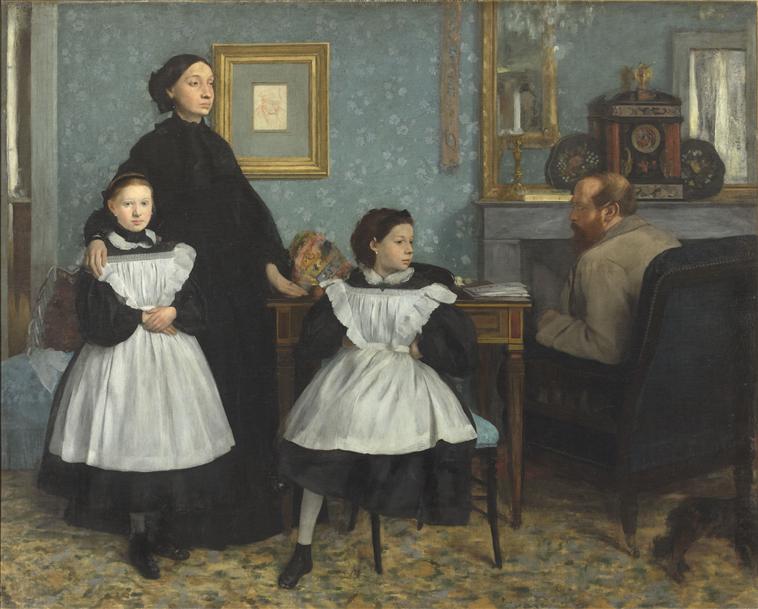 |
||
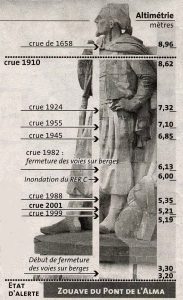
|

|
– Pourquoi?
– Ce matin, en traversant la place pour venir au palais, je me suis senti heurté à l’épaule. Je me retournai et je vis la mort qui me regardait fixement.
– La mort ?
– Oui, la mort. Je l’ai bien reconnue, toute drapée de noir avec une écharpe rouge. Elle est ici, et elle me regardait pour me faire peur. Car elle me cherche, j’en suis sûr. Laisse-moi quitter la ville à l’instant même. Je prendrai mon meilleur cheval et je peux arriver ce soir à Samarcande.
– Était-ce vraiment la mort ? En es-tu sûr ?
– Totalement sûr. Je l’ai vue comme je te vois. Je suis sûr que tu es toi et je suis sûr qu’elle était elle. Laisse-moi partir, je te le demande.
Le khalife, qui avait de l’affection pour son vizir, le laissa partir. L’homme revint à sa demeure, sella le premier de ses chevaux et franchit au galop une des portes de la ville, en direction de Samarcande.
Un moment plus tard, le khalife, qu’une pensée secrète tourmentait, décida de se déguiser, comme il le faisait quelquefois, et de sortir de son palais. Tout seul, il se rendit sur la grande place au milieu des bruits du marché, il chercha la mort des yeux et il l’aperçut, il la reconnut. Le vizir ne s’était aucunement trompé. Il s’agissait bien de la mort, haute et maigre, de noir habillée, le visage à demi dissimulé sous une écharpe de coton rouge. Elle allait d’un groupe à l’autre dans le marché sans qu’on la remarquât, effleurant du doigt l’épaule d’un homme qui disposait son étalage, touchant le bras d’une femme chargée de menthe, évitant un enfant qui courait vers elle.
Le khalife se dirigea vers la mort. Celle-ci le reconnut immédiatement, malgré son déguisement, et s’inclina en signe de respect.
-J’ai une question à te poser, lui dit le khalife, à voix basse.
-Je t’écoute.
-Mon premier vizir est un homme encore jeune, en pleine santé, efficace et probablement honnête. Pourquoi ce matin, alors qu’il venait au palais, l’as-tu heurté et effrayé ? Pourquoi l’as-tu regardé d’un air menaçant ?
La mort parut légèrement surprise et répondit au khalife :
-Je ne voulais pas l’effrayer. Je ne l’ai pas regardé d’un air menaçant. Simplement, quand nous nous sommes heurtés par hasard dans la foule et que je l’ai reconnu, je n’ai pas pu cacher mon étonnement, qu’il a dû prendre pour une menace.
-Pourquoi cet étonnement ? demande le khalife.
-Parce que, répondit la mort, je ne m’attendais pas à le voir ici. J’ai rendez-vous avec lui ce soir à Samarcande.
PS: j’ai trouvé le texte de « la conférence des oiseaux » sur le site remacle.org réalisé par Philippe Remacle.
The caliph went to death. She recognized him immediately, despite his disguise, and bowed in a sign of respect.
« I have a question for you, » said the Caliph, in a low voice.
-I’m listening to you.
-My first vizier is a man still young, healthy, effective and probably honest. Why this morning, when he came to the palace, did you hit him and scare him? Why did you look at him threateningly?
Death appeared slightly surprised and replied to the caliph:
-I did not want to frighten him. I did not look at him threateningly. Simply, when we accidentally came across the crowd and I recognized it, I could not hide my astonishment, which he had to take for a threat.
-Why, this wonder? asks the caliph.
« Because, » replied Death, « I did not expect to see him here. I have an appointment with him tonight in Samarkand.
PS: I found the text of « the conference of the birds » on the site remacle.org realized by Philippe Remacle.
Texte paru dans le Bulletin officiel de Verrières
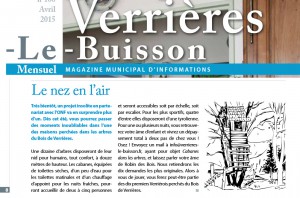
Bonjour,
Ravie que cette perspective de cabanes dans les arbres vous séduise, d’autant plus qu’elle vous rappellera de jolis souvenirs. Espérons que vous avez, autant que possible, maintes occasions de vous ressourcer dans votre Ligurie natale. Quant à Italo Calvino et son Baron perché, il a également sévi avec Le corbeau vient le dernier me semble-t-il…
Nous vous souhaitons un charmant mois d’avril.
Bien à vous,
Fabienne GAUDRY
Service Communication
01 69 53 78 00 Poste 7759
info@verrieres-le-buisson.fr
—–Message d’origine—–
De : come.laverse.rondeau@free.fr [mailto:come.laverse.rondeau@free.fr]
Envoyé : mercredi 1 avril 2015 22:37
À : Audiovisuel
Objet : Cabanes dans les arbres
Bonjour,
j’ai lu avec la plus grande attention votre article « Cabanes dans les arbres »
et suis vivement intéressé ainsi que mon amie Violette.
Je me suis réfugié dan les arbres pendant une très longue période, et je m’y plaisait fort.
Hélas j’ai dû quitter ma Ligurie natale pour venir travailler en France.
Pour garder une trace de cette période j’ai demandé à Italo Calvino d’en transcrire les grandes lignes.
Il l’a fait et a nommé son livre « le Baron perché ».
Merci donc de m’indiquer les démarches pour que je puisse à nouveau gouter les joie de la vie dans le arbres.
Bien à vous
Côme Laverse du Rondeau
Response of the communication service of the Town Hall at the mail perched Baron
Hello,
Delighted that this perspective treehouse please you, especially as it will remind you of beautiful memories. Hope you have as much as possible, many opportunities to relax in your native Liguria. As for Italo Calvino and perched Baron, he also wrote « The raven comes last » me it seems …
We wish you a lovely April.
Sincerely,
Fabienne GAUDRY
Service Communication
01 69 53 78 00 Position 7759
info@verrieres-le-buisson.fr
–message Of origine–
From: come.laverse.rondeau@free.fr [mailto: come.laverse.rondeau@free.fr]
Posted: Wednesday, April 1, 2015 10:37 p.m.
To: Audiovisual
Subject: Tree houses
Hello,
I read with great attention your article « Tree Houses »
and We are interested me and my girlfriend Violet.
I spent for a very long time in trees, and I enjoyed myself.
Unfortunately I had to leave my native Liguria to come and work in France.
To keep track of this period I asked Italo Calvino to transcribe this moments.
He did and named his book « Baron perched. »
So thank you to tell me the steps so that I can again taste the joy of life in the trees.
Yours
Como Laverse Rondeau